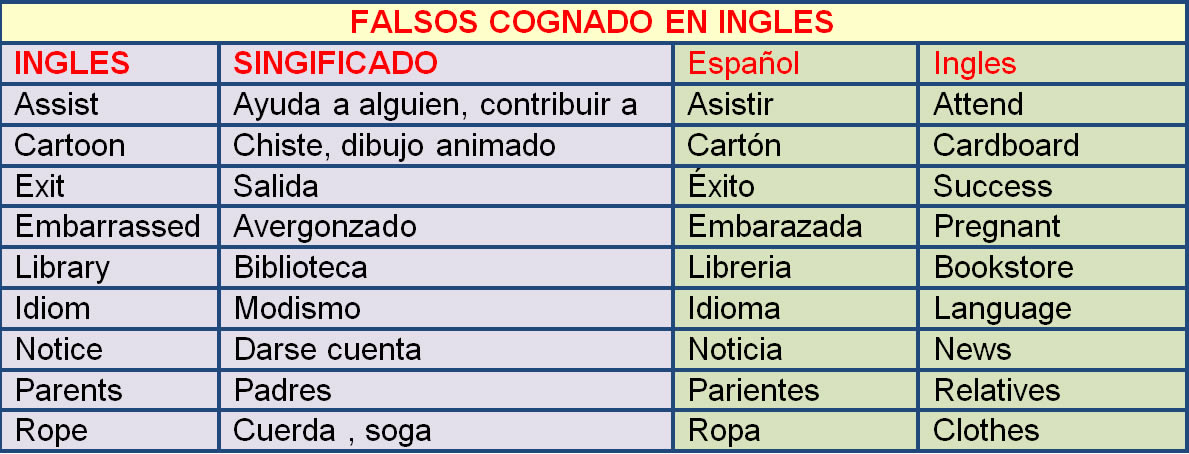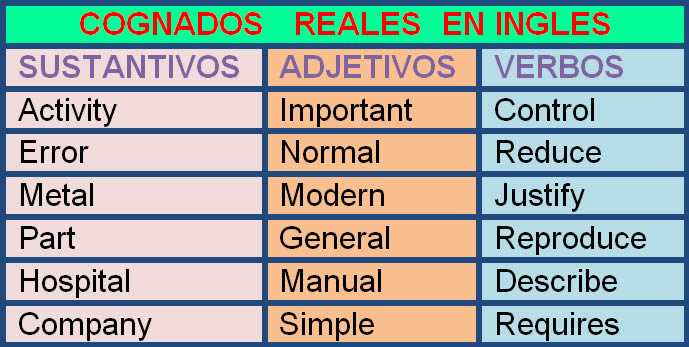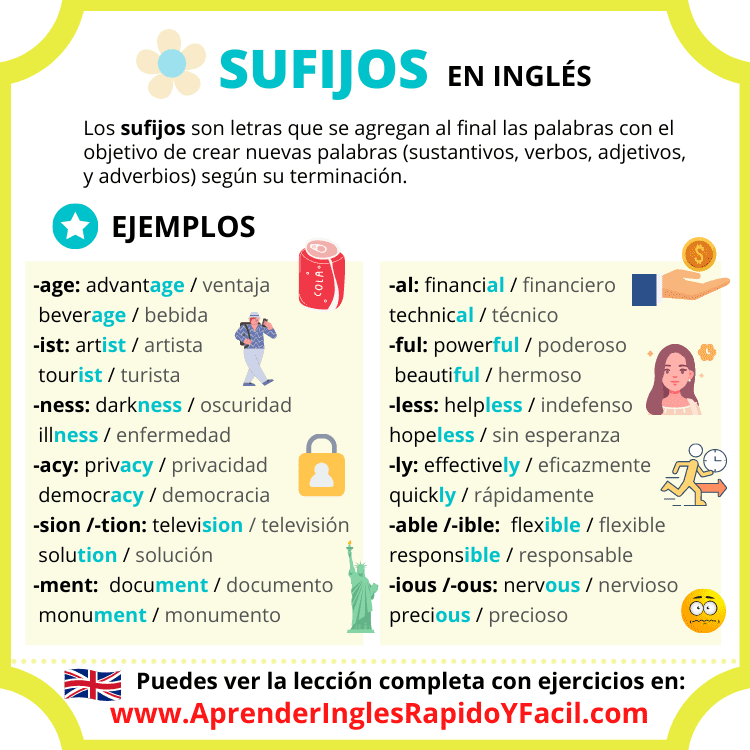Nonfiction Text Features and Reading Strategies
1. Bold Print
Darker writing that helps the reader identify important words.
2. Glossary
A mini-dictionary found in the back of nonfiction books or articles.
3. Photograph
Helps the reader understand exactly what something looks like.
4. Table of Contents
Helps the reader find key topics in the nonfiction book they are reading.
5. Nonfiction
The genre of text about real people, animals, places, or things.
6. Caption
Gives the reader more information about the picture or photograph.
7. Index
An alphabetical list of things written in the text, with page numbers.
8. Headings
Helps the reader understand the main idea of each section.
Part 2: Applying Reading Strategies
It is time to put into practice the strategies learned in class. Read the questions, pay attention to the instructions, and answer the questions.
Directions: Underline the correct answer.
- The topic of the text is:
a) Brazilian monkeys’ classification b) Monkeys’ alimentation c) A type of monkey which is endangered
2. What does the map mean?
a) Political division of South America b) The place where the monkey lives c) Brazil’s political division
3. In line no. 1, the word “disappearing” means?
a) desaparecer b) desaparición c) ninguna de las anteriores
4. The word “situation” means?
a) Situaciones b) situación c) las dos son correctas
II. Identify the following cognates in the text and write them in English.
Inteligente-Intelligent adaptado-Adapted ofrece-Offers
Considerable-Considerable grupo-Group vulnerable-Vulnerable
III. Match the columns with its corresponding answers. One of the answers is not used.
- What’s the scientific name of the Monkey (e) cebus robustus
- The weight of the monkey is (c) 2-3.8 kg
- The monkey’s size is (d) 30-50cm
- The monkey lives in (a) Brazil
IV. Decide if the following sentences are True or False.
- Monkeys live in the jungle T/F
- The monkeys only eat seeds T/F
- They live in the trees T/F
They live in groups T/F
V. Looking for Specific Information
1. How can you get extra information? ngm.com/canonwildlife
2. What is the name of the photographer? Luiz Claudio Mango
3. When was the text published? 2008
Part 3: Vocabulary and Comprehension
Answer the following questions. Support your answers with their corresponding citation (APA)
- Define the meaning of suffixes and write five examples. Suffixes are letters added to the end of words to create new words based on their ending:
– tourist
– privacy
– monument
– technical
– powerful
- Define what prefixes are and write five examples. Prefixes are initials added to certain words, modifying their meaning.
– replay
– subway
– unhappy
– disappear
– misunderstand
- Mention what connectors are and write some examples. Connectors are words or groups of words used to join phrases or sentences.
– think
– and
– so
– such
– as
- What is the main idea? The main idea indicates or summarizes the topic or theme of a text.




Skimming: A reading strategy used to understand a text and find the main ideas.
Scanning: Quick reading to extract information from a text.
Predicting: Observing the text to get an idea of what it will be about.
Cognates: Words that share similar meaning, spelling, and pronunciation in different languages.
False cognates: Words that have different meanings from their counterparts in another language.
Endangered: En peligro
Mean: Querer decir
Measure: Medir
Wingspan: Envergadura
Courtship: Cortejo o noviazgo
The main idea of a paragraph consists of the most important concepts within each paragraph that give meaning to the text. Normally, there is only one main idea per paragraph.
The supporting idea of a paragraph consists of the author’s opinion on the topic to be developed. Subject and idea of a paragraph.
